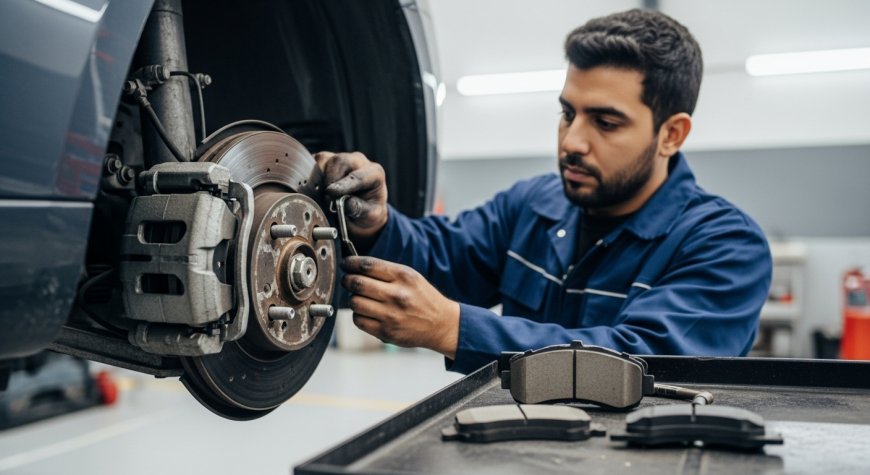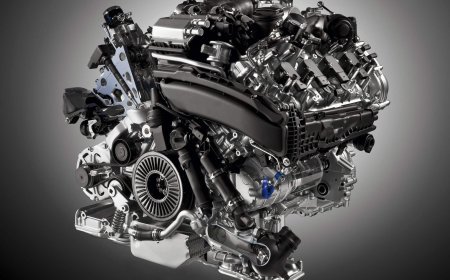Brake System Bleeding: Everything You Need to Know
Maintaining a car’s braking system is vital for safe and smooth driving, and one of the most important yet often overlooked maintenance tasks is brake system bleeding.

Maintaining a cars braking system is vital for safe and smooth driving, and one of the most important yet often overlooked maintenance tasks is brake system bleeding. If youve ever felt your brake pedal feel spongy or noticed a decrease in braking performance, air bubbles in the brake lines might be the culprit. Proper brake system bleeding removes these air pockets, ensuring that hydraulic pressure is transmitted effectively and consistently from the pedal to the brake calipers or wheel cylinders. Understanding how and when to bleed your brakes, and why its so important, can save you from dangerous driving situations and costly repairs down the line.
Hydraulic brakes work on a simple but powerful principle: brake fluid transmits the force from your foot pressing the brake pedal directly to the brake mechanisms at each wheel. This fluid is non-compressible, allowing for immediate and reliable braking force. However, air is compressible. If air enters the system through leaks, worn seals, or during brake repairs, it will compress under pressure, creating that dreaded soft or spongy pedal feel. When this happens, the brake fluid cant do its job effectively, which means longer stopping distances and, in extreme cases, complete brake failure. Thats why regular brake system bleeding is not just routine maintenance; its a crucial safety measure.
There are a few common ways that air can enter the brake system. One typical scenario is during brake pad or rotor replacement when the calipers are retracted, or when the brake fluid is changed. Even a small amount of air trapped inside the brake lines can make a big difference in performance. Thats why many mechanics and car enthusiasts perform brake system bleeding immediately after any brake work. Some cars are more prone to air entrapment than others, especially older models or vehicles with complex ABS systems, which can trap air in various chambers and valves if not bled properly.
When it comes to the actual process, there are several methods for brake system bleeding, each with its pros and cons. The most common method is the two-person manual bleed. One person sits in the drivers seat pumping the brake pedal, while the other person opens and closes the bleed valve at each wheel in sequence, starting with the wheel farthest from the master cylinder and working closer. This method is straightforward but requires good coordination and patience to ensure that no air is reintroduced during the process.
Another popular method is the gravity bleed. This method uses the simple principle that fluid will naturally flow downward. By opening the bleed valve and allowing fluid to drip out slowly while keeping the master cylinder topped up, gravity pulls out the air bubbles. Although this method is easy and requires only one person, it can take much longer and is sometimes less effective on modern braking systems with complex pathways.
Pressure and vacuum bleeding are more advanced methods often used in professional shops or by serious DIY enthusiasts. Pressure bleeders attach to the master cylinder reservoir and force new fluid through the system under controlled pressure, pushing air out at each wheel. Vacuum bleeders, on the other hand, attach to the bleed valve and suck fluid and air out. Both methods are very effective and reduce the risk of human error, but they require specialized tools that not every home mechanic may own.
Regardless of the method used, a few universal tips will help ensure a successful brake system bleeding. Always use fresh, high-quality brake fluid recommended by the vehicle manufacturer, and never reuse old fluid. Brake fluid absorbs moisture over time, which lowers its boiling point and can lead to brake fade or failure under hard braking. Always keep the reservoir topped up during bleeding; letting it run dry will introduce even more air, undoing all your hard work. Also, be mindful of the order in which you bleed each wheel. The general rule is to start with the wheel farthest from the master cylinder and move closerusually rear passenger side, rear driver side, front passenger side, then front driver side. However, always check your cars service manual for the exact recommended sequence, especially if your vehicle has ABS.
Safety is another critical aspect to consider when bleeding brakes. Wear gloves and safety glasses, as brake fluid is corrosive and can damage paint or skin. Always dispose of old brake fluid properlynever dump it down the drain. If youre unsure about performing this task yourself, its wise to have a trusted mechanic handle it instead. Properly bled brakes can mean the difference between stopping safely and an accident, so theres no room for shortcuts.
In summary, brake system bleeding is an essential maintenance task that ensures your vehicles braking performance remains sharp and reliable. It removes unwanted air bubbles from the hydraulic system, providing a firm, responsive brake pedal and restoring full stopping power. Whether you choose to tackle brake system bleeding yourself or trust a professional, regular checks and timely maintenance will give you peace of mind every time you hit the road. Remember, when it comes to vehicle safety, brakes are not an area to neglect. So, keep your brake fluid clean, your lines air-free, and your brakes ready to perform when you need them most.


























